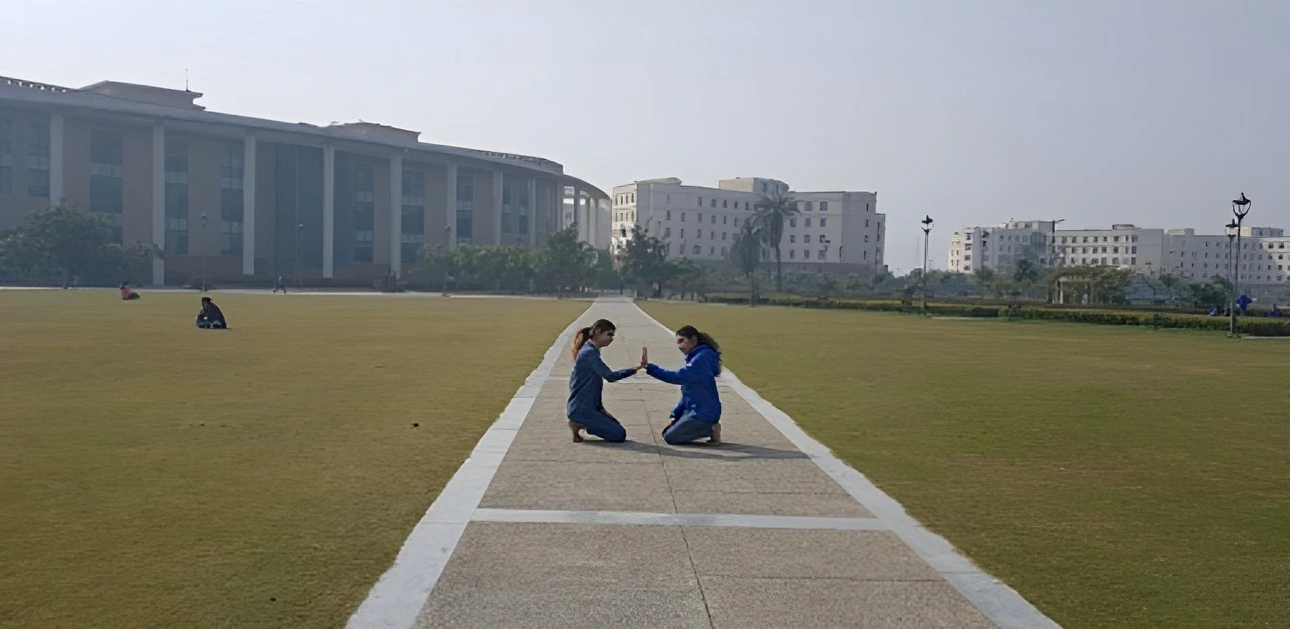Creating intelligent algorithms for a safe Internet

Editorial / October 18, 2024
Hackers breach fragile technological balances with impunity in a world of interconnected networks with a utopian vision of societal betterment.
The loss to the world economy by cybercrime was a staggering $8 trillion in 2023; this, in other words, is the Gross Domestic Product (GDP) of India, Brazil and Canada put together. These breaches have proved, at times, a credible national security threat. Projections estimate a cumulative spend of $185 billion in 2024 alone to secure critical networks.
Protecting social, computer, communication and financial networks is pivotal in these challenging times. At this crucial juncture, the research done by Professor Dolly Sharma could play a pivotal role.
Having created two algorithms – GraphAnomaly and GraphAnomaly-CS – Professor Sharma has bridged the challenges of accuracy and scalability to detect anomalies in critical networks.
Besides being up to 12% more accurate than current state-of-the-art methods, the algorithms process data numbering a few million in minutes. “Six baselines, five evaluation metrics, and six real-world network datasets from three different network classes were used to test this algorithm. The results showed that both algorithms efficiently detect anomalies in networks that reduce false positives and negatives, especially in successive time points. The algorithms can discover the maximum number of critical events from real-world networks, demonstrating their effectiveness over baselines,” says Professor Sharma.
The idea germinated from work done by Monika Bansal, a Ph.D. student who used multi-aspect structures and data from social and information networks and investigated the problem to detect anomalies.
The method proposed by Professor Sharma extracts EgoNets (one-step neighbourhood) and their properties in the network graph and uses a statistical technique called chi-square statistics to analyze the behavioural and structural changes in these extracted subgraphs over time.
Professor Sharma, an alumnus of the University of Connecticut, conducted research at the university’s Big Data and Cloud computing lab, partially funded by Dell Technologies. The lab hosts sophisticated servers connected in the form of a cluster.
“The interactions between entities in social and information networks have become more complex, involving different types of relationships between the same set of entities (multiplexity of links) or the evolution of entities and relationships over time (time-evolving networks). Understanding these complex structural relationships is paramount to identifying anomalous patterns accurately. The anomalies in these networks can be divided into four classes. i.e., Node (or vertex) anomaly, Edge anomaly, Community Detection, and Event Detection,” says Dr. Bansal.
The fusion method deployed by Professor Sharma exercises chi-square statistics and the local structure of graphs in a unified manner such that the abnormal change in the properties of nodes and their EgoNets is identified through their scores.
“The proposed algorithms exhibit 7% to 12% more accuracy than state-of-the-art methods and process millions of edges within a few minutes,” says Professor Sharma.
India, home to over 751 million internet users in 2024, has an internet penetration of 52.4 per cent. Besides, over 462 million Indians use social media, representing 32.2 per cent of the total population.
With the country registering nearly 164 billion digital payments, the work done by Professor Sharma can help banking and social media networks breathe easy.
More Blogs

The Hawthornden Literary Retreat bestowed on Dr Sambudha Sen to complete the manuscript of a novel
Professor Sambudha Sen, Head of the Department of English at Shiv Nadar Institution of Eminence, Delhi-NCR, was awarded a residency at the...

The Power of the Moving Body
Movement is an innate bodily action that humans have been exhibiting for the longest time. Long before language was invented, the body was the...

How Does A Multi-Disciplinary Approach To Education Enhance Learning And Prepare Students For A Multi-Faceted World?
In today’s world, where businesses are changing almost every day, it is the responsibility of educational institutes to provide holistic...